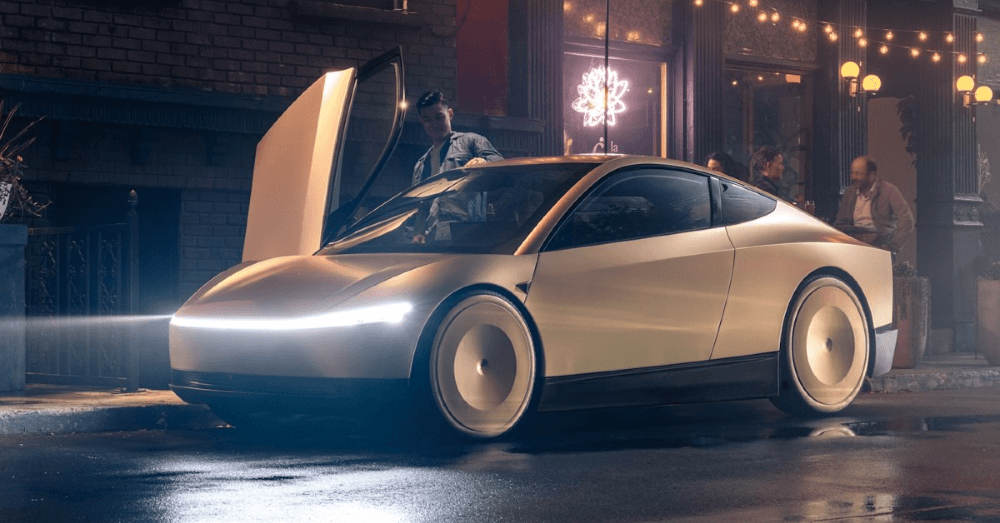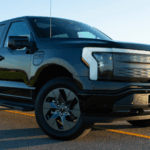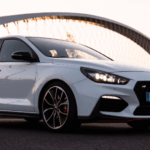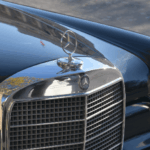Is it any surprise that Tesla could be the first company to have an autonomous vehicle on the road? A recent test of a Tesla Cybercab showed what’s in store.
Tesla continues to push technology forward in an effort to provide excellent driving qualities and impressive designs and to drive without a steering wheel or pedals. That is what the new Cybercab has going for it, which can be scary for anyone who’s used to seeing a person doing the driving. The recent test of this new prototype vehicle shows that Tesla might be much closer to full autonomy than anyone expects.
A test held in a controlled environment
The new Cybercab isn’t ready for public roads, but it can handle a real-world city environment that’s set up as a controlled location. The recent reveal of this new autonomous vehicle took place at California’s Warner Bros. Discovery movie studios, in which it took on the controlled environment set up to mimic a real-world city. This is where Tesla chose to trot out several prototype versions of the new Cybercab to show what it can do. This closed area makes it easier for engineers to ensure the programming is working the way it should.
Going unsupervised
Tesla’s semi-autonomous self- driving system has been mired for years and has been the cause of countless incidents on public roadways. The Tesla Cybercab prototypes traveling around the studio lot were equipped with and unsupervised version of the Full Self Driving software, which seems a bit frightening at first.
Holding the presentation at a controlled location makes perfect sense. Too many things can go wrong on public roads, even if the Cybercab isn’t to blame. The close supervision of Tesla engineers allowed for better understanding and monitoring of the event, which allowed attendees to learn more about this new self-driving vehicle.
Was the course preprogrammed?
It would be easy enough for these Tesla vehicles to run on a programmed file, with every turn and stop set in the coding. This would only work on a closed and controlled course with no interruptions. The programmers could have added a course program to the vehicles’ software, but some in attendance tested the vehicles by stepping in the path to see if they would stop. Thankfully, the Cybercabs stopped and waited to see that the path was clear before resuming the drive. This experiment happened a few items at different locations, which proved that this Tesla vehicle has some semblance of situational awareness.
Passenger seating everywhere
The Tesla Cybercab is smaller than the Model 3 but has plenty of room inside. The doors are butterfly-style and lift up to allow you to step inside. When you approach the vehicle, the doors open and present large areas for sitting in the cab. It might feel a little unnerving to sit in the “driver’s seat” without pedals or a steering wheel, but there isn’t a single seat inside this vehicle that is for the driver. Once the seatbelts are buckled, the doors close.
Taking a ride in the Cybercab
The Cybercab screen was preprogrammed with a few destinations that could be used to take the passengers wherever they wanted to go. Once a destination was selected, this vehicle gently drove to the destination without anything that tossed the passengers around. This could be the result of the preprogrammed destinations or the incomplete software. Other than the lack of controls, it has been reported that this car drives like a Tesla, finding a bit of suspension wobble on the smooth studio pavement, which has become part of Tesla’s personality in many vehicles.
More spacious than it looks
The Tesla Cybercab looks small on the outside but is quite spacious on the inside. The seating is large and comfortable, giving the two people inside plenty of room. There are center armrests, cupholders, and window switches to make it easy for passengers to get comfortable and relax during the ride.
Is this car possible?
The new Cybercab is a reality, but is it possible to take it out on public roads to handle the drive there? The lack of available human controls to intervene when the vehicle system makes poor decisions is what enables some Tesla drivers to remain alive. The Full Self Driving system often makes careless and dangerous decisions that wouldn’t work on public roads. Without controls for human intervention, the Cybercab might not last long.
This new Tesla Cybercab is in its infancy and could quicky grow into a teenager in the automotive world. Will Tesla push to have this car tested on public streets without any human intervention or will they take it slow and safe?







Leave a Reply